Sail Before Steam, Steam Before Clockwork!
Well, back in the 1920's, the firm of Sutcliffe Pressings Ltd., (based at Horsforth, Leeds, England), decided to diversify their product range from domestic and industrial items and start manufacturing toy boats. Production continued until the factory closed in 1984.
If you visit toy fairs or trawl through eBay you will find various Sutcliffe boats for sale, mainly clockwork driven examples, of which many variations were produced. As our brief is steam, we will concentrate on the early Sutcliffes, which were produced in those far off days of the 1920's and explain our title STEAM BEFORE CLOCKWORK!
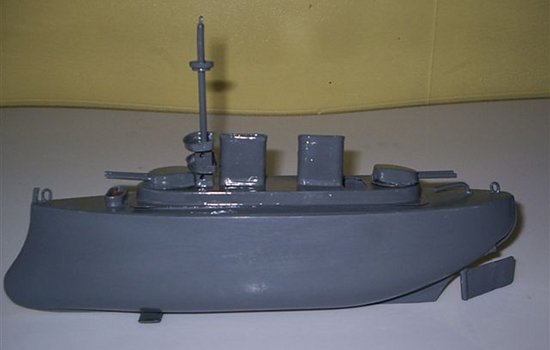
The company made five boats between 1920 and 1928, powered by a "patent method of propulsion by water circulation" (coil type pop pop boats). The first boat produced around 1920 was described as a "British Battleship" (see above).
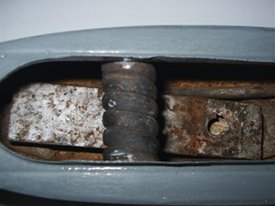
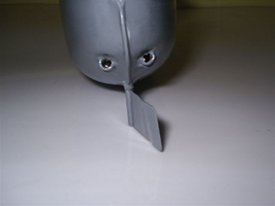
It measured 12" long, had 2 guns and was powered by a single copper coil and which was mounted amidships (above left). The pipes exited below the waterline (above right).
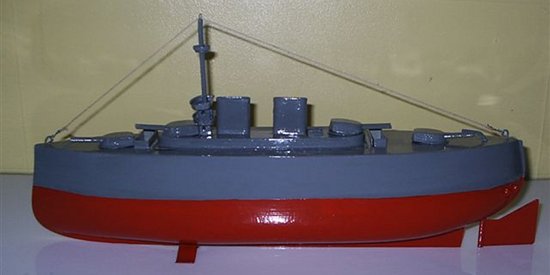
A little later a 4 gun Warship with a different hull design (see above) was introduces. It sported two coils (below left) and was available in 12" and 16" versions. In 1928 they retailed at 10/6 and 15/- respectively. The positioning of the exit pipes is shown below right.
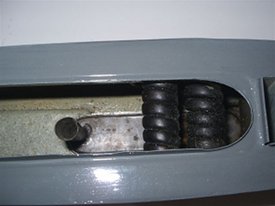
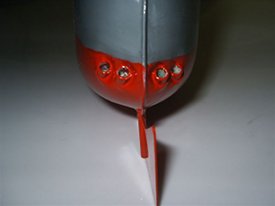
All these boats used a methylated spirit burner to heat the water in the coils. The burner from the later version is shown below. The burner for the 1920 boat was rectangular and more primitively made.
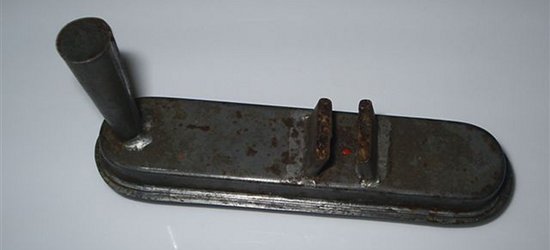
In all of these models the central superstructure was removable (see below) enabling access to the burner.
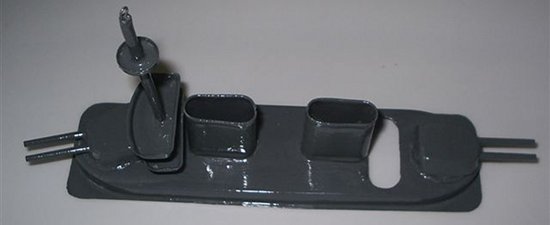
The examples shown have been restored. I normally like to leave items in original condition, but they had both already been previously poorly restored, so I felt justified in agreeing for my amazing wife, Shirley, to restore them!
I do have some details regarding the three other steam vessels produced by Sutcliffe, although I don't own any examples. Maybe I will look at those in a future article. All of these early boats are very rare and command very high prices, so if you own one treasure it and think of the part J W Sutcliffe and his company played in delighting countless children with their contribution to miniature maritime history.